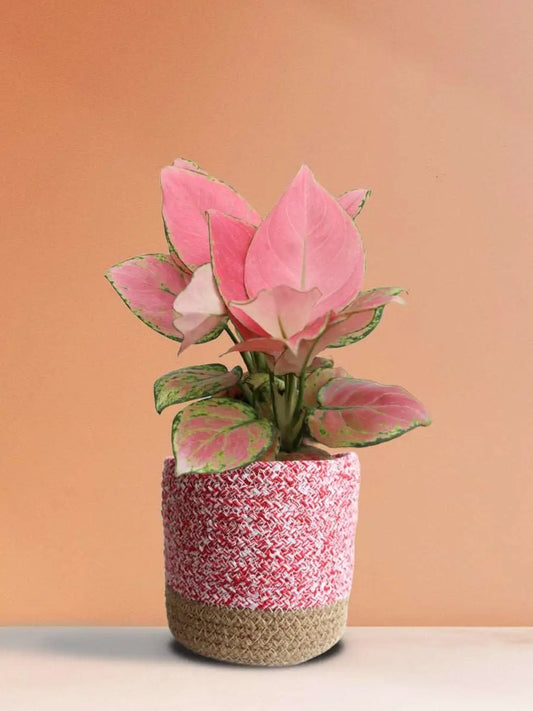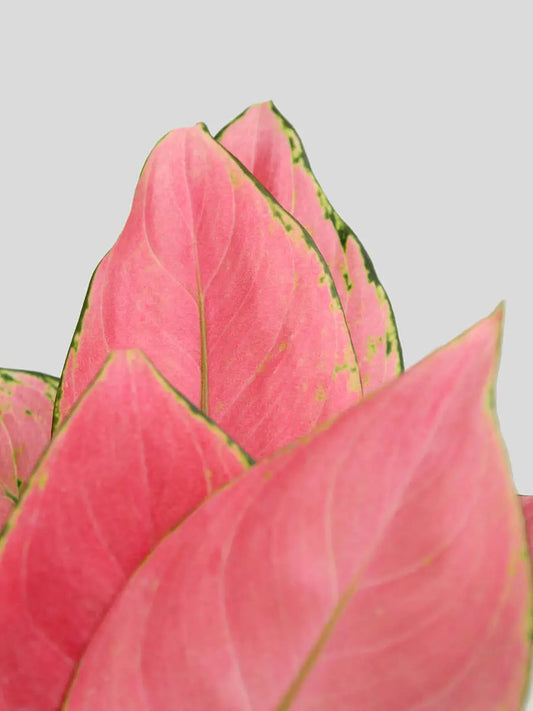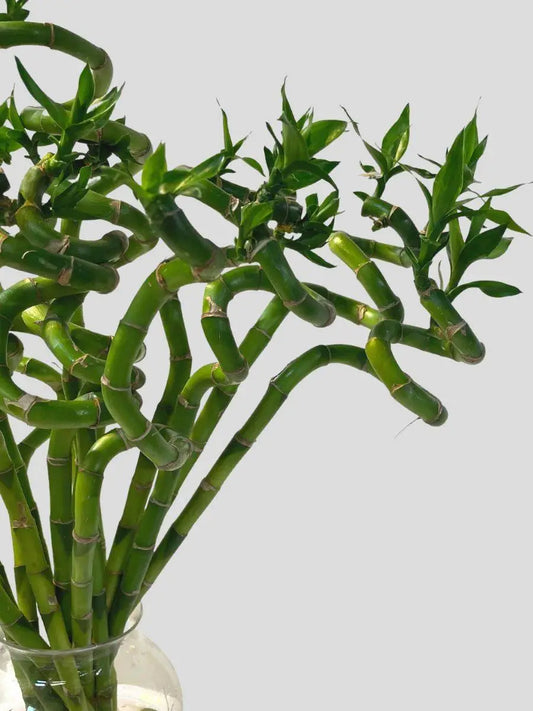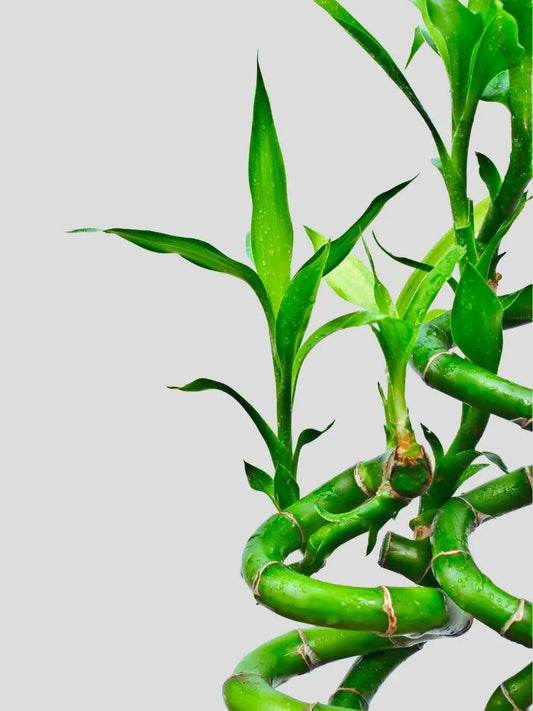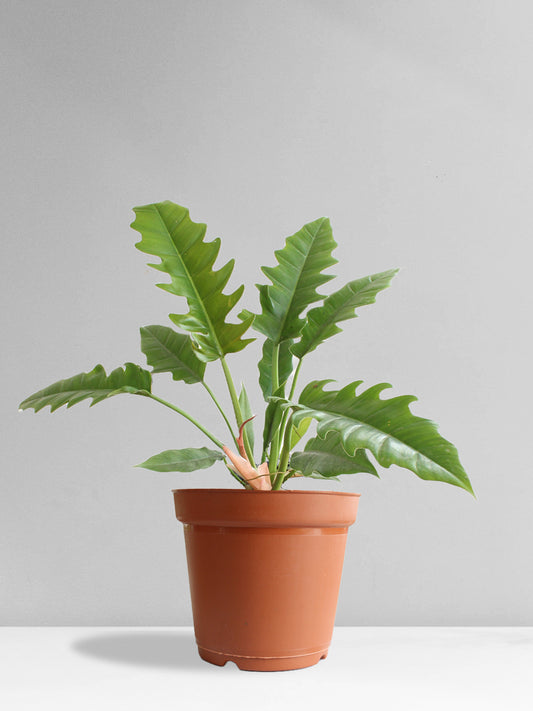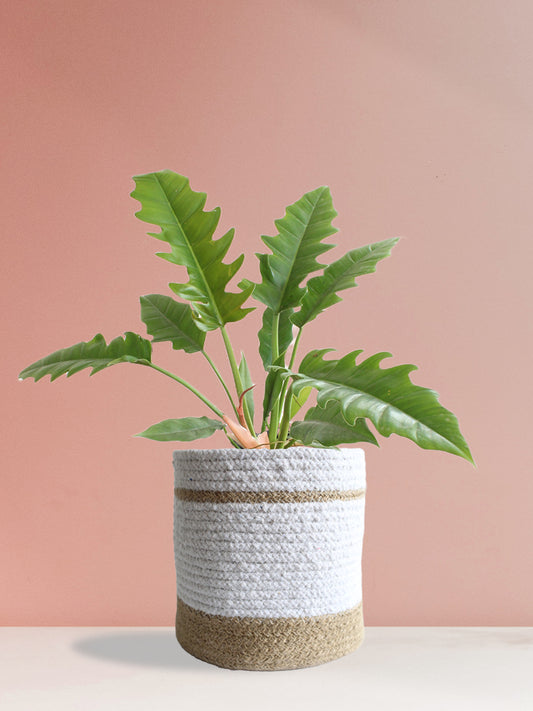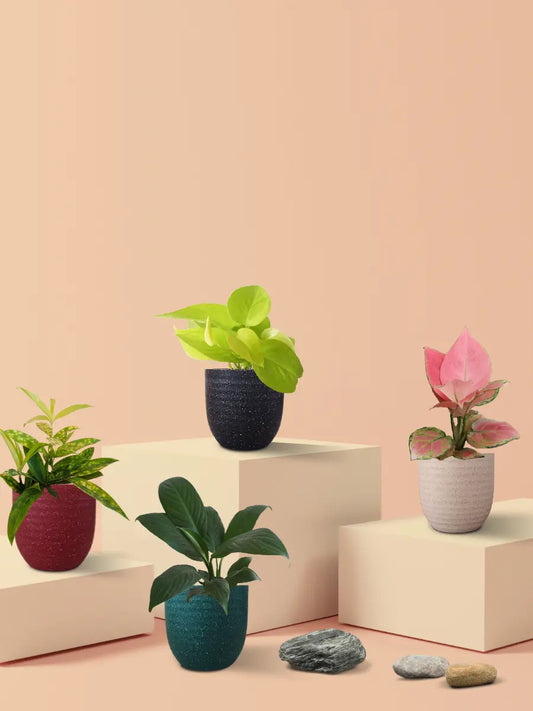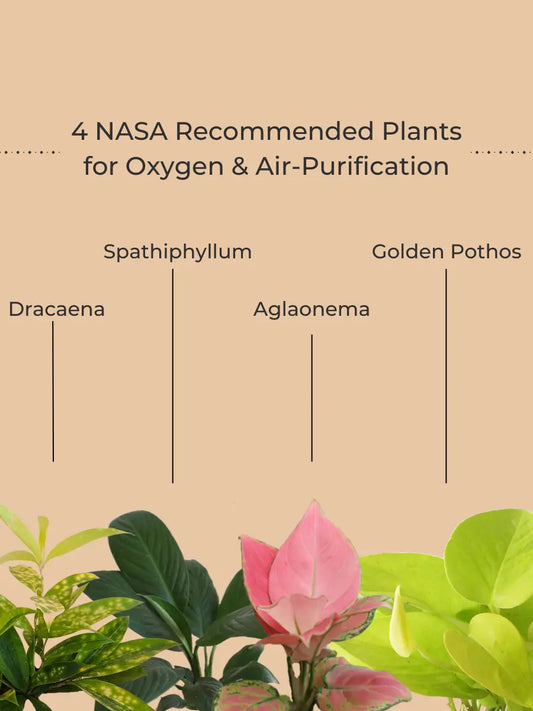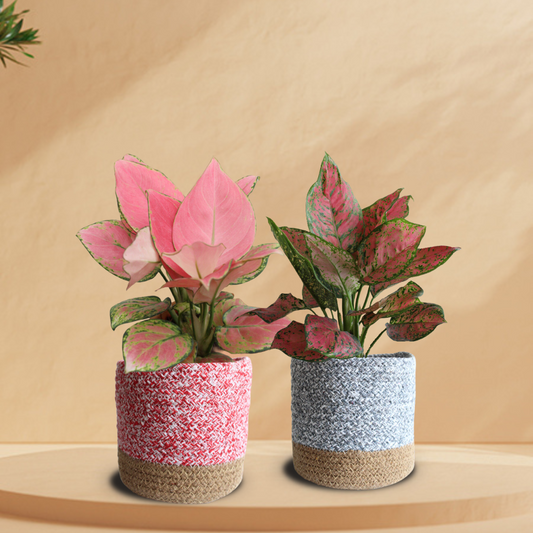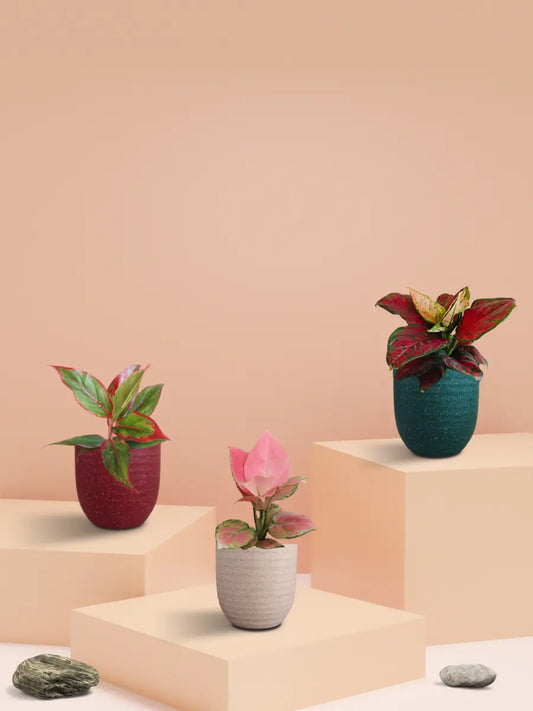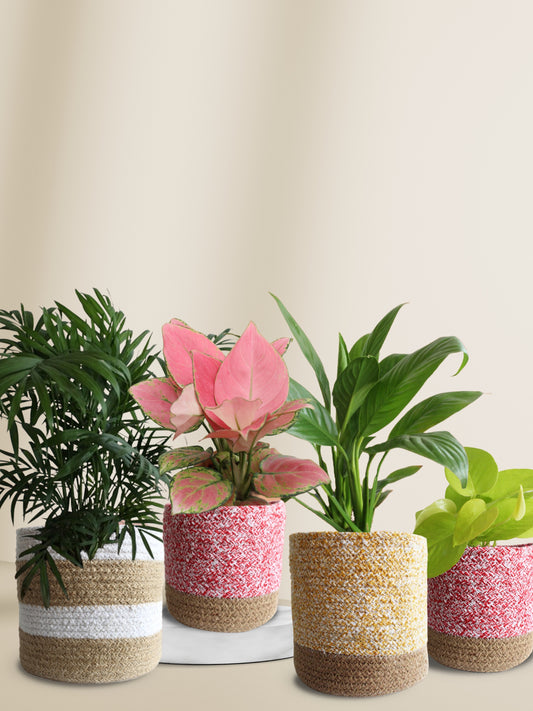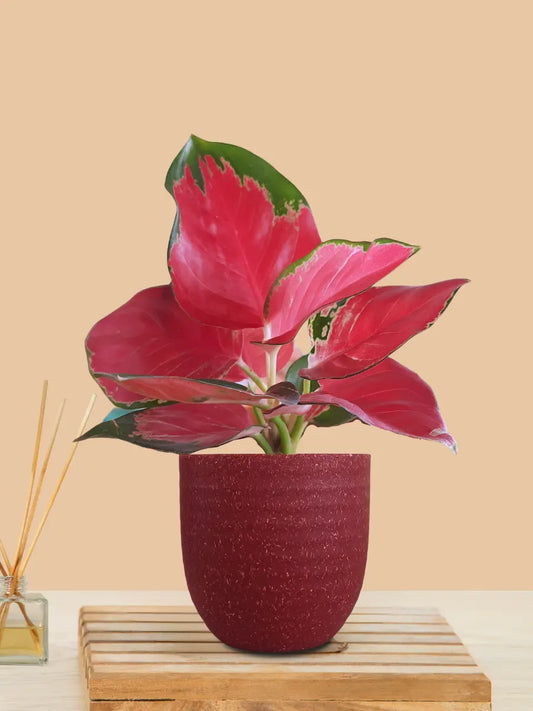Introduction to Cutworms
When you walk outside to tend to your garden, do you ever notice damage that makes it look like a little hand has chopped off the stem of a seedling? Yes, you’ve actually got cutworms in your garden. Cutworm invasions are difficult, but we'll help you determine whether you're dealing with cutworms, what it means, and what to do about it. Explore effective ways to keep cutworms out of your plants. Identify cutworms, determine the extent of their detrimental effects, and ensure the application of natural remedies.
What are cutworms?

Cutworms are the caterpillar stage of moths in the Noctuidae family, which can pose a damaging infestation in many gardens. There are many different kinds, and their colors often match the soil they eat. They can be hard to spot because they usually eat at night. Cutworms get their name from the way they consume plants—by "cutting" them down to the soil level.
Some species have bright patterns or dark stripes. Most cutworms are smooth-bodied, dull-colored, virtually hairless caterpillars that curl into a taut 'C' when touched. Cutworms form a "C" shape when disturbed. The larvae are 1–2 inches long. Black cutworms are the most common cutworms seen in lawns and gardens. This big, greasy-looking caterpillar is around 1¼" to 2" long and grayish brown.
Also Check This: How to Handle Houseplant Problems?
How Cutworms Give Damage

Cutworms cause the most damage in the spring and early summer. Young plants are pruned in proximity to their stems or on the soil. Additionally, cutworms can climb plants and apply partial wounds to their foliage. Furthermore, cutworms will consume the stems close to the soil level, killing houseplants in the same way. They cause damage by slicing the stems of immature plants, which causes them to wither and die.
How do I identify cutworm damage?

Finding the cutworm is the most difficult challenge! They are nocturnal and spend their daylight hours below the soil's surface. As previously said, they like to migrate and begin nocturnal feeding when it is dark, which adds to the challenge of this task. The most effective time to look for cutworms is around dusk or evening hours when they begin to seek out and feed in your garden. The following ways to identify cutworm damage are:
- Early in the day is the best time to check plants for damage. Especially on young plants like seedlings and transplants, look for roots that have been chewed.
- Inspect for plants that have been chopped off near the soil surface or are wilting at the soil line, which may indicate cutworm feeding.
- Look into non-damaged areas in densely vegetated areas because cutworms might be to blame for the bare spots.
- Look for cutworm excrement, which consists of small, round, black pellets that are usually found near the damaged plant.
Also Check This: Money Plant vs. Snake Plant: Which Is Better?
Tips to Naturally Prevent Cutworm Damage
Cutworms are nocturnal creatures that hide in the soil during the day and attack at night. Getting rid of cutworms may require a little patience and effort. Also, cutworm management in houseplants requires regular inspections. To naturally prevent cutworm damage, try the following techniques:
- Handpicking
- Plant Rotation
- Ground coffee
- Sprinkle eggshell
- Pest-repelling plants
- Tilling the soil
- Weed Control
- Synthetic pesticides
- Beneficial nematodes
- Handpicking: If you have a tiny garden with only a few cutworms, there is a simple way that works well. It is simple to pick them from the plants. When handling cutworms, make sure to wear gloves.
- Plant Rotation: Rotating your plants is an effective gardening technique. This means you shouldn't plant the same plants in the same spot year after year. This allows the cutworms to return to the same location year after year.
- Ground coffee: Ground coffee is another effective approach to preventing cutworms from entering your plants. All you have to do is combine two parts coffee grinds and one part soil and place them at the base of your plants. Coffee contains compounds like caffeine, which cutworms dislike.
- Sprinkle eggshells: Another effective solution is to sprinkle eggshells around the base of plants. Cutworms will not crawl across eggshells since they are spiky and thorny. So lay the minor granules of eggshells near the plant's base. Plus, eggshells are difficult for cutworms to crawl over and will help improve your soil quality.
- Pest-repelling plants: Use plants that cutworms dislike in your garden. Marigolds, geraniums, and tansies are among several plants that cutworms don't like. so these plants will keep them out of your yard.
- Tilling the soil: Tilling the suspected contaminated area in the fall or spring can expose and kill overwintering larvae and eggs. This method can also rupture larval cells, where adult cutworm insects perish after emerging. Remember that excessive tillage can harm beneficial insects and soil health, so apply it sparingly.
- Weed Control: Removing weeds eliminates cutworm food and habitat. Cutworms use weeds as food and shelter. If there are no weeds near your plants, the cutworm may stop attacking them.
- Synthetic pesticides: Use insecticides sparingly since synthetic pesticides may eliminate pollinators and beneficial insects and harm the environment. If an insecticide is used, make sure to use one that targets cutworms and follow all label directions. Pesticide overuse can cause cutworms to develop resistance, making it difficult to control them when necessary.
- Beneficial nematodes: Nematodes are microscopic roundworms that eat several pests, including cutworms. They can be incorporated into the soil to naturally lower the number of cutworms. Additionally, nematodes are harmless to beneficial insects, plants, pets, and humans.
Also Check This: Natural Remedies To Remove Fungus From Gardens
How to Get Rid of Cutworms Permanently
Cutworms are a problem that can't be solved permanently. Cutworm caterpillars' adaptive traits and complex lifetime make elimination an intricate process to achieve. However, the above-mentioned integrated pest management options (Tips to Naturally Prevent Cutworm Damage) you may use effectively to control cutworm populations and protect your garden in the long run.
Additionally, using a mix of Naturally Prevent Cutworm Damage tactics, you may quickly control cutworm populations in your garden while minimizing harm. Long-term control of cutworms, like most pests, requires consistency and a holistic approach.
Also Check This: How to Care for Houseplants for Beginners
Conclusion
Cutworms are the caterpillar stage of moths. Particularly at night, they nibble young plants, resulting in a major concern in gardens. To identify them, you should look for droppings and damaged plants that are wounded. You can use various methods to repel cutworms, including hand picking, plant rotation, use of coffee grounds, eggshells, beneficial nematodes, cultivation of pest-resistant plants, tilling the soil, weed control, and synthetic Although it is difficult to completely eradicate pests, constant management can guarantee long-term garden safety.


